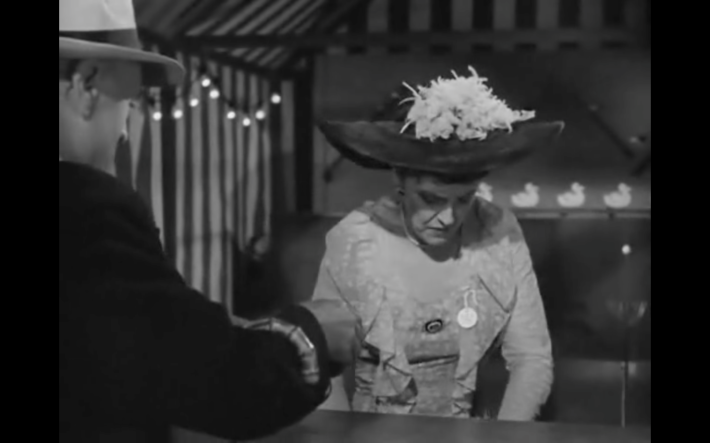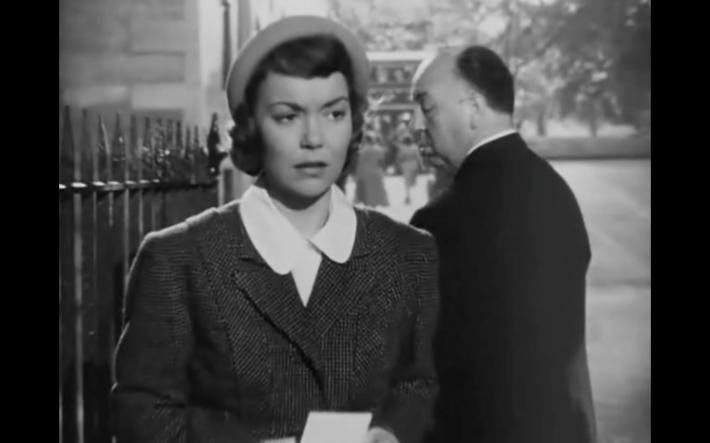Strangers on a Train is another Hitchcock film that I had already seen before the challenge began and one which I knew to be very good!
WHAT HAPPENED?
Guy Haines (Farley Granger) is a successful tennis player who is attempting to get a divorce so he can marry his true love, the senators daughter. When he meets the incredibly creepy Bruno (Robert Walker) on a train a sinister deal is formed between the two, leading to some incredibly tense moments.
THE GOOD
The film is incredibly tense throughout and a prime example of exactly how to build suspense on film. This comes at one point in which two things are happening at once. Haines is playing a tennis match that he must win, whilst the sinister Bruno heads to a carnival in order to plant some evidence framing Haines for murder. As both characters hit pitfalls in their plans tension build quickly, culminated in a shot of Bruno attempting to pick a lighter up from a drain.

The themes and settings of film are very Hitchcockian with the obvious ones being a murder by strangulation and the innocent man attempting to clear his name. The climax also takes place at a carnival with many of the rides being the cause for the great tension.
By far my favourite part of the film is the character of Bruno and the performance by Robert Walker. Bruno is a mentally estranged person who convinces himself of things that are untrue, yet always remains composed and clever. Making him a very threatening villain within the film. There are several sequences in which he stalks different characters which come across as truly haunting, especially one scene at a tennis match in which the audience turns their heads from side to side whilst Bruno sits perfectly still.

THE BAD
There is very little wrong with this film, the only downfall being that at times the dialogue does feel a little too forced and a few plot points appear from nothing. However these problems are very minor.
CAMEO O’CLOCK
Hitch makes a cameo early in the film boarding a train carrying a double bass.

FINAL THOUGHTS
One of Hitchcock’s highest rated and understandably so. A joy to watch and as tense as you can get. 5 Hitchs.
![]()
![]()
![]()
![]()
![]()








 There are a few fantastic moments especially regarding the use of the titular rope. Every time the piece of rope is in shot the tension within the scene seems to rise, an effect that is astounding considering the simplicity of it.
There are a few fantastic moments especially regarding the use of the titular rope. Every time the piece of rope is in shot the tension within the scene seems to rise, an effect that is astounding considering the simplicity of it.



